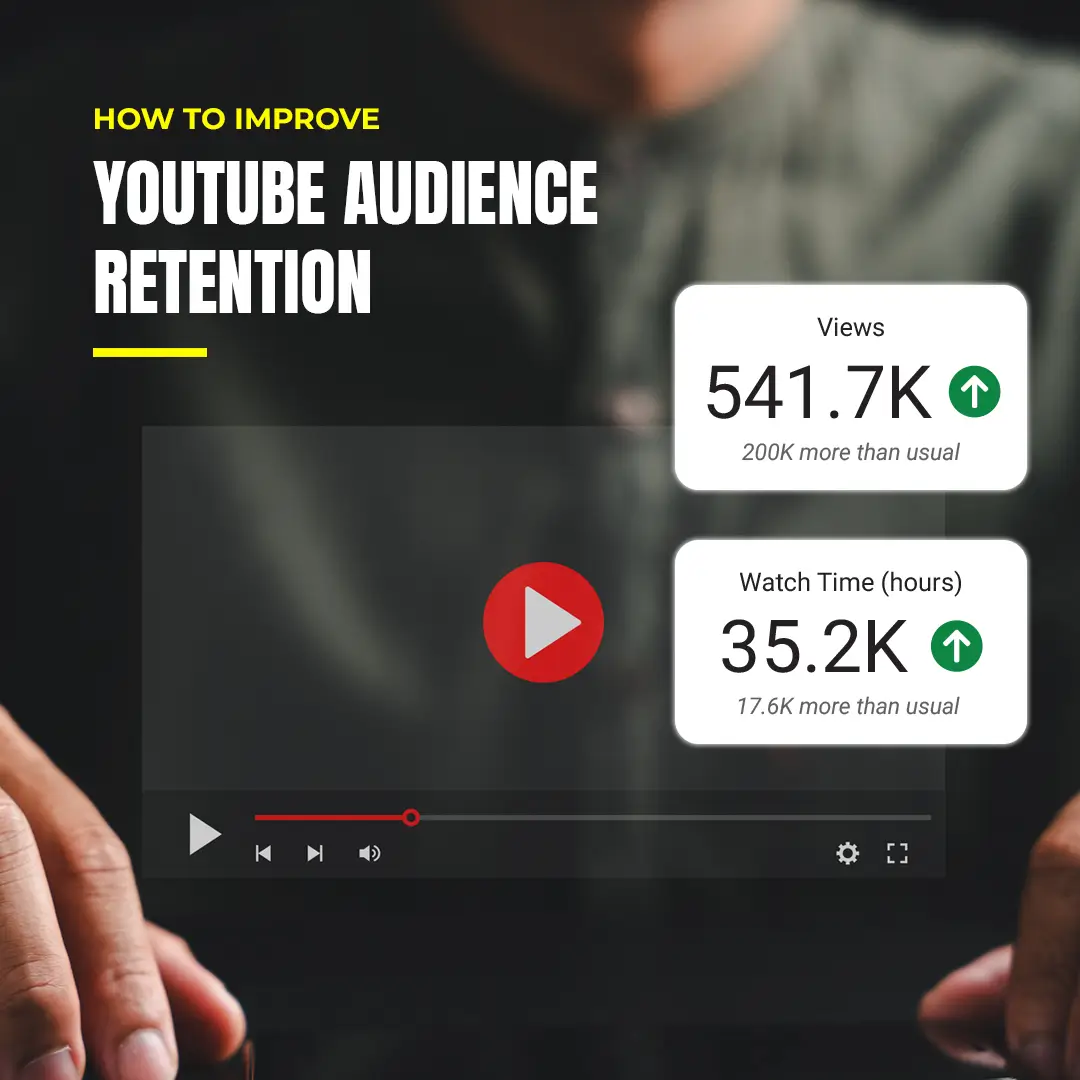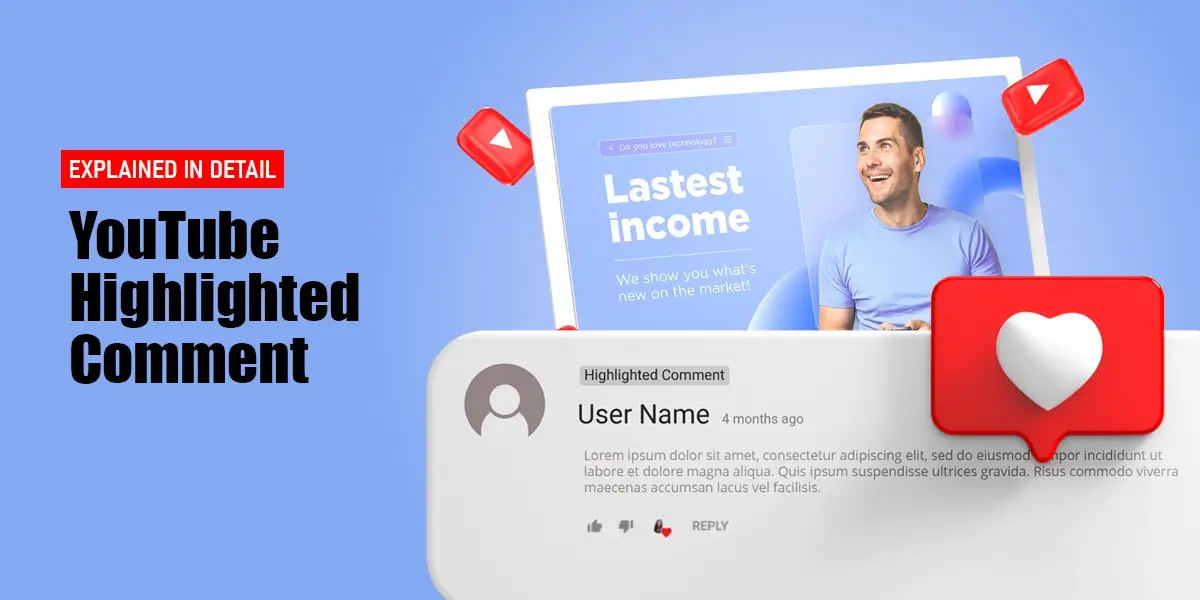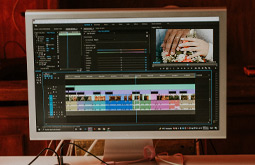10 Common Challenges in YouTube Video Editing and How to Overcome Them
Video editing is the magic that turns random footage into binge-worthy YouTube content, helping creators stand out in a sea of competition. But the challenges of editing YouTube videos can be daunting—think managing tight deadlines, keeping up with trends, and delivering high-quality images.
Overcoming these obstacles isn’t just about improving video quality; it’s about grabbing your audience’s attention and keeping them returning for more. In this blog, we shall explore the most common editing hurdles YouTubers face and share practical solutions to deal with them effectively, empowering you to up your content game.
Top Challenges in YouTube Video Editing
-
Choosing the Right Editing Software
One of the biggest challenges in editing YouTube videos is choosing the right software. With so many choices, it’s easy to feel overwhelmed. The key is to assess your needs based on budget, user, resource availability, and system compatibility.
Beginners prefer simple tools like iMovie or Canva Video Editor, while professionals rely on Adobe Premiere Pro or DaVinci Resolve for advanced capabilities. Research reviews, try free trials, and consider scalability as your skills improve. By matching software capabilities to your editing goals, you can have the perfect tool to streamline your creative process.
-
Organizing Raw Footage
Messy raw footage can slow down the editing process and lead to frustration. To overcome this, adopt consistent file naming conventions such as those that include a date, project name, or scene number. Organize files into folders based on categories such as video, audio, and images.
Use media library management tools such as Adobe Bridge or Kyno to quickly organize and view assets. A clear system ensures accessibility, saves time, and prevents mistakes. Proper organization allows editors to focus on creativity rather than delivery.
-
Dealing with Poor Video Quality
Low-quality images whether due to poor lighting, poor resolution, or camera shake—can reduce the impact of your video. Eliminate these problems by using editing software tools such as video stabilizers, noise reduction, and color correction. For example, DaVinci Resolve offers advanced colors, while Premiere Pro includes stabilization effects.
If images can’t be used, consider using stock videos from platforms like Shutterstock or Pexels. Invest in the right equipment and lighting for future photo shoots, and plan for optimal recording conditions to minimize the challenges of editing.
-
Keeping Audio in Sync
Misaligned audio can ruin the flow of your video, frustrating viewers. Tackle this with any video editing software with auto-sync features. During filming, clapboards or hand claps help in synchronizing audio and video.
If you encounter synchronization issues in post-production, manually adjust the audio waveforms to match the images. Establishing a comprehensive workflow during filming and editing ensures clean and professional results, improving the overall quality of your content.
-
Managing Background Noise
Background noise, such as traffic or wind, can distract viewers and improve video quality. Editing tools like Audacity or Adobe Audition have noise-reducing features to mitigate these problems. Use a high-quality microphone with a windshield when recording to reduce noise levels.
Take notes in quiet places whenever possible. In post-production, use a few noise filters to maintain the sound quality of your video. These techniques ensure that your audience stays focused on your message rather than the external distractions.
-
Creating Engaging Transitions and Effects
Poorly executed transitions or overwhelming effects can reduce the performance and professional aspect of your video. Keep the changes subtle and at par with the tone of your content. Simple effects like fade or cut often work well.
Use templates or presets in tools like Premiere Pro or Filmora to stay consistent. Using effects to enhance storytelling without overwhelming the viewer. By striking a balance, you can make polished and engaging videos that stay focused without being overly flashy.
-
Optimizing Video Length
Having the right video length is essential to building an audience. Too long, and viewers lose interest; too short, and your message may feel incomplete. Use editing tools to trim unnecessary parts while maintaining the flow of the story.
Use YouTube Analytics to study audience retention data and see what works best for your content. Matching video length to viewer preferences allows for greater engagement and delivers satisfying viewing.
-
Adding Subtitles and Captions
Subtitles and captions can take a lot of time to create, but they’re important for accessibility and SEO. Tools like Rev, Kapwing, or YouTube Studio’s auto-captioning feature make this task easy.
Subtitles not only make video accessible to a global audience, but also reinforce participants by providing viewers with soundless viewing. Ensure headlines are accurate and timely to maintain professional standards. Adding the right tools is an effective way to extend the reach of your video.
-
Exporting and Compressing Files Without Losing Quality
Uploading large files to YouTube can be difficult if it exceeds the platform’s requirements. Use the best export settings, like the H.264 codec and 1080p resolution, to get around this.
Tools like HandBrake or Adobe Media Encoder compress files while preserving their quality. Test the export before uploading to ensure your video will be sharp on all devices. These actions ensure that your content remains of high quality while meeting YouTube’s size limitations.
-
Staying Within Deadlines
Time management is a common struggle for video editors, especially when working on a tight schedule. Start by creating an editing workflow and breaking tasks down into smaller steps. Tools like Trello or Asana help track progress and meet deadlines.
For larger projects, consider outsourcing parts of the project, such as color grading or captioning, to save time. Planning and setting realistic goals ensures timely delivery without compromising quality.
Mastering YouTube Video Editing with Expert Tips
Overcoming challenges in editing YouTube videos is key to creating outstanding, engaging content. From overcoming time constraints to increasing visual appeal, any challenge can be met with the right tips for editing YouTube videos and an effective strategy. Using the advanced skills of the YouTube video editor ensures seamless transitions, engaging effects, and audience engagement.
MAPSystems specializes in providing video editing services for YouTube marketing, blending creativity and precision to enhance your content. Whether you’re a beginner or an experienced producer, we give you the skills you need to create visually stunning, high-quality videos that capture and grab viewers’ attention.
FAQs
Beginners should consider tools like iMovie or Canva Video Editor for ease and affordability. These options come with basic editing features for creating engaging content. As you gain experience, upgrading to advanced software like Adobe Premiere Pro or DaVinci Resolve gives you professional-level tools for complex projects.
The optimal video length varies depending on the content type and audience expectations. Use YouTube Analytics to analyze audience retention and engagement. Trim unnecessary images to ensure your message is complete. Generally, videos between 7–15 minutes are ideal for tutorials, vlogs, or informational content, providing the perfect balance for engagement.
Reducing background noise starts with using a high-quality microphone with a windshield during recording. Record in quiet places to minimize unwanted sounds. In post-production, tools like Audacity or Adobe Audition can effectively remove the noise. Using noise reduction techniques increases the clarity of the audio, allowing your audience to focus on your message.
Yes. YouTube Shorts and Instagram Reels are very similar; they’re both short-form video formats. However, they are both different when it comes to their purpose, length, and how they are used. Unlike Instagram Reels, you can link your Shorts videos to your longer video content (if it is an edit or highlight of the longer video). While regular creators can generate more interest for their channel through Shorts, it is also a way for short-form video creators to use the platform and gain an audience. Also, YouTube recently increased the length of Shorts from 60 seconds to 3 minutes (as of October 15, 2024). Instagram Reels are still limited to a maximum length of 90 seconds.




